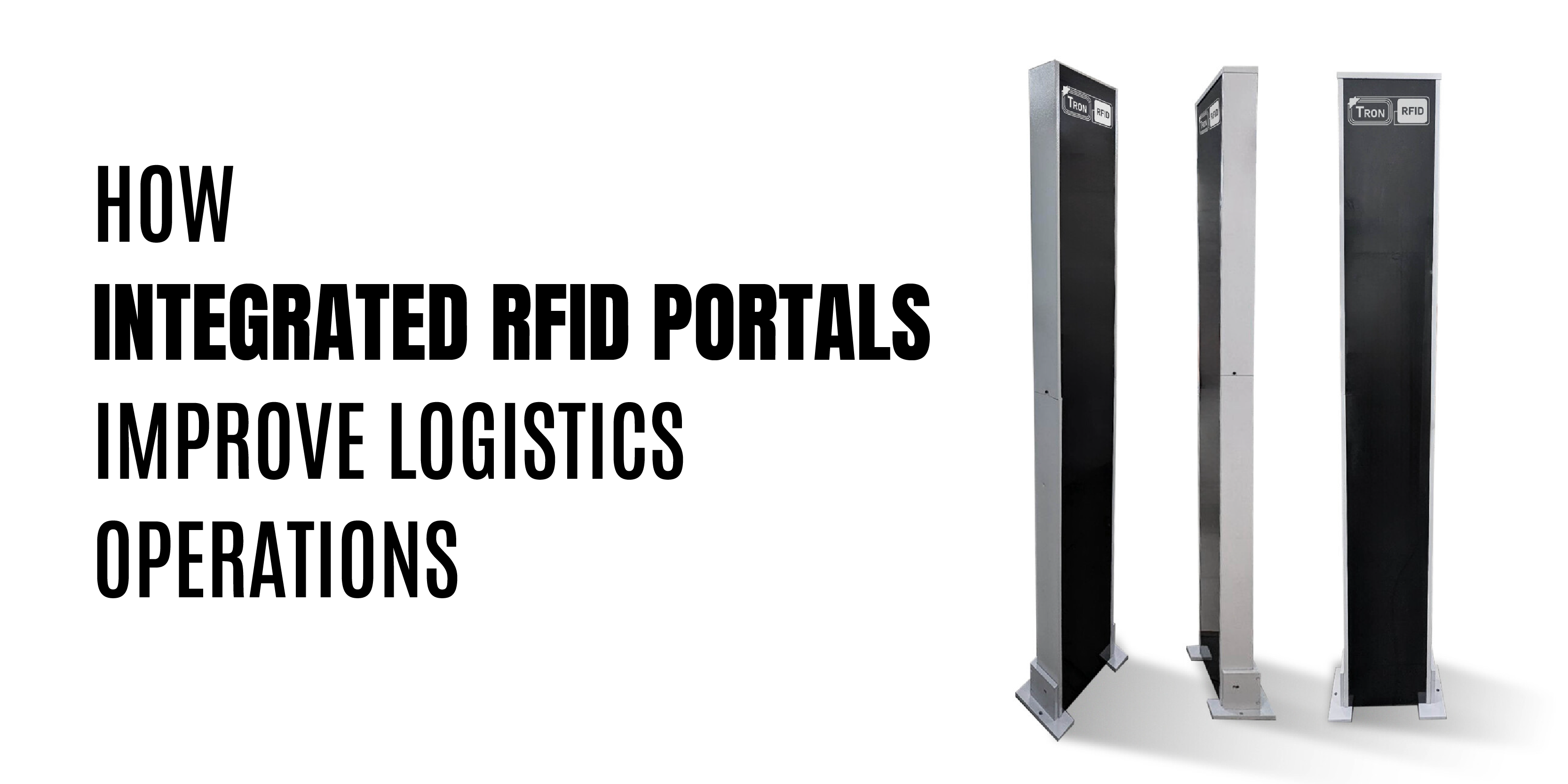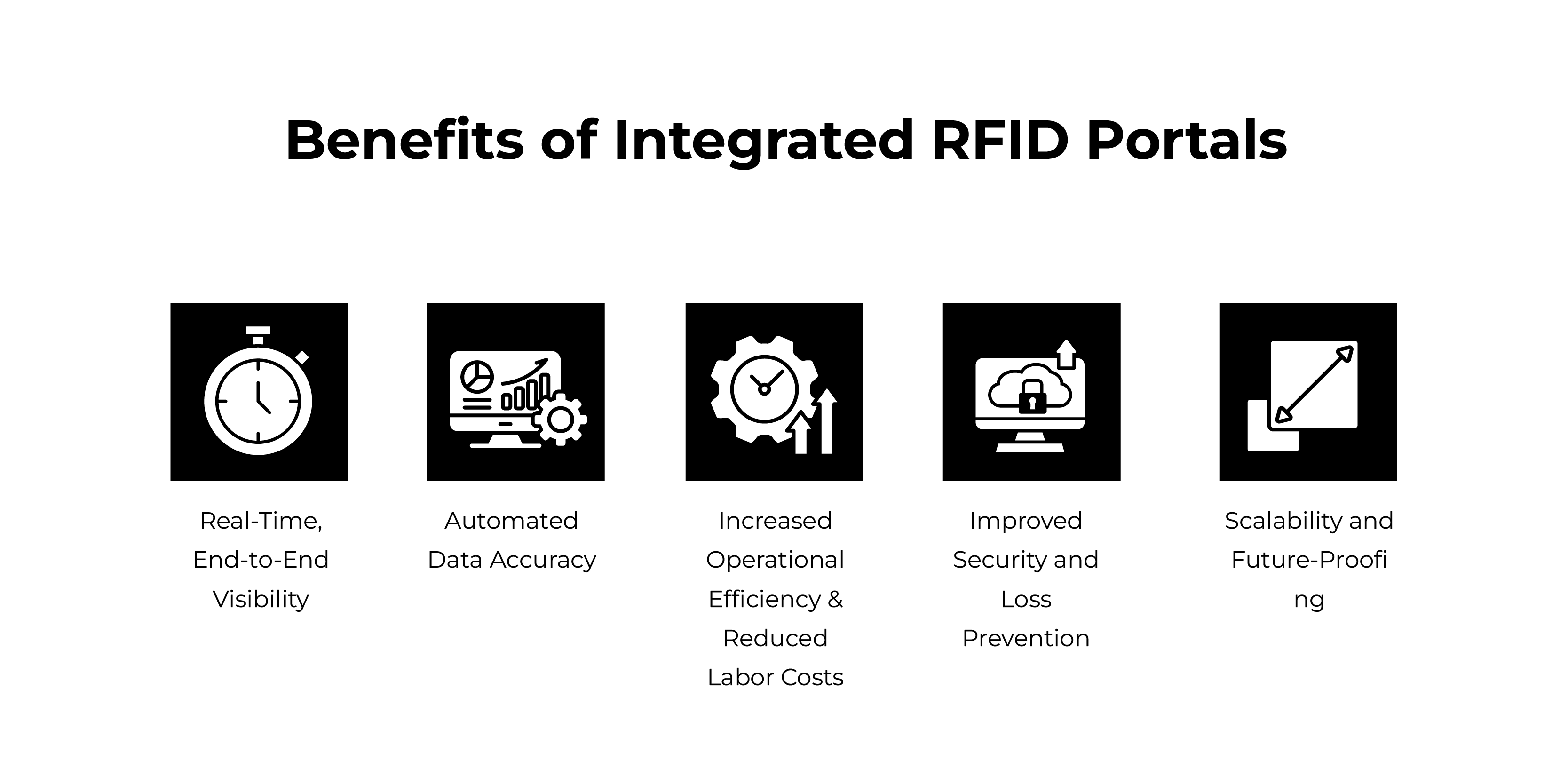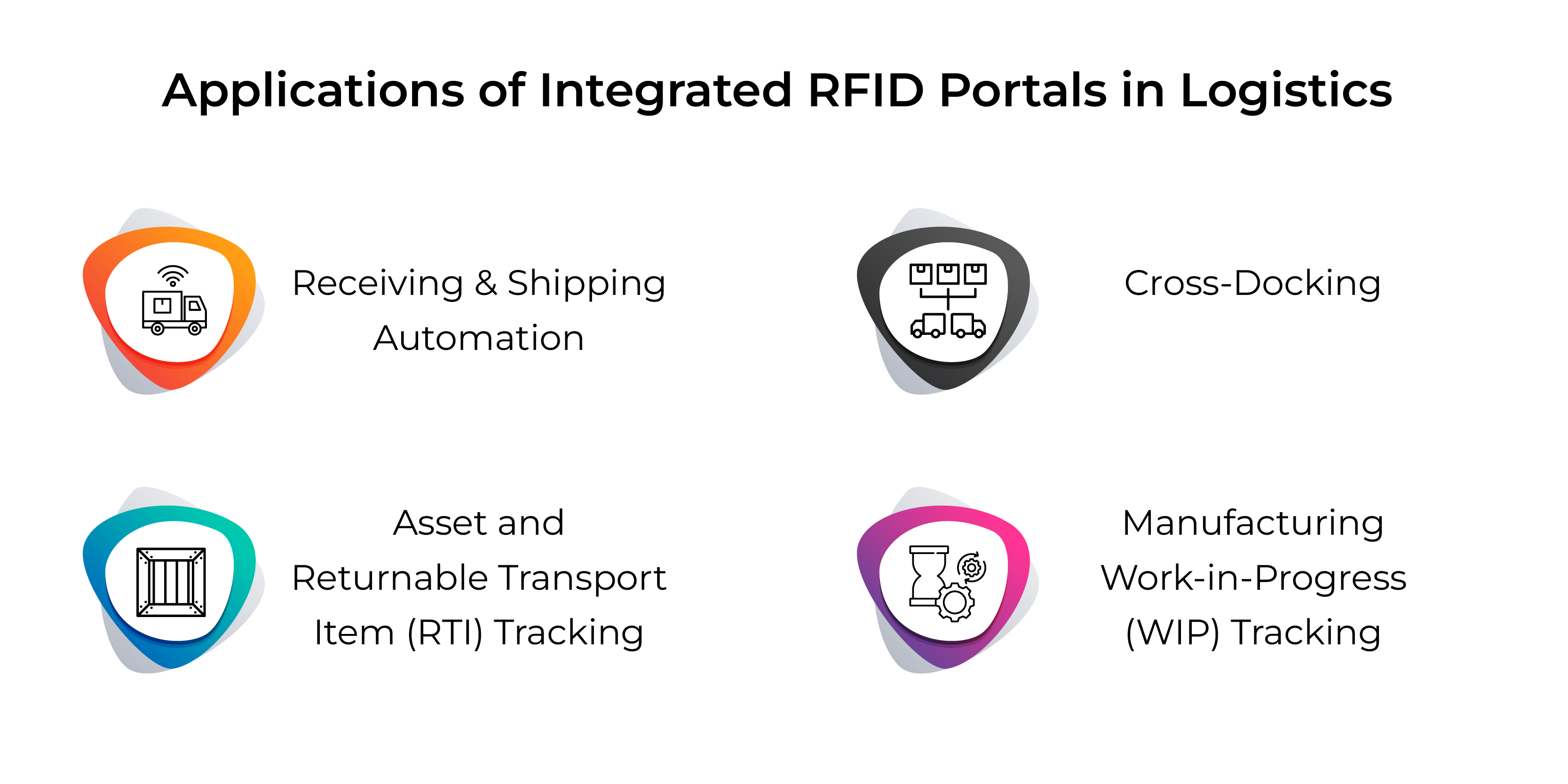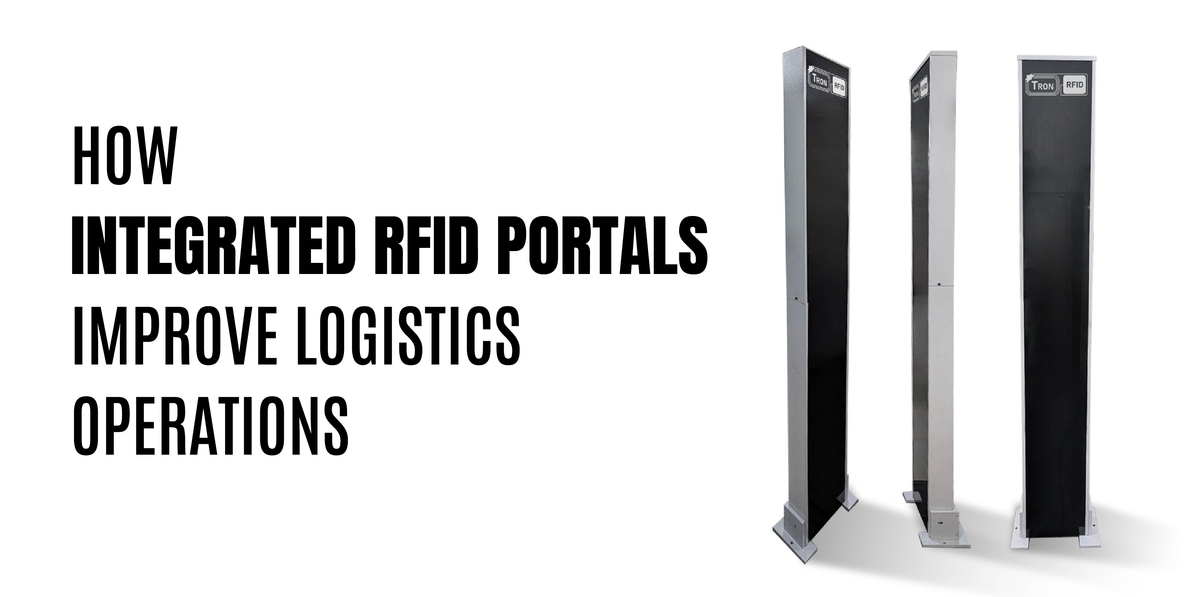How Integrated or Gate RFID Portals Improve Logistics Operations
The world of logistics is a constant race against the clock. In today's highly competitive supply chain, businesses face immense pressure to deliver goods quickly and accurately while keeping costs in check. The biggest challenges? Maintaining real-time inventory visibility, managing high labor costs from manual processes, and preventing costly shipping errors. Traditional methods, such as barcode scanning, while functional, are slow and prone to human error, creating critical data blind spots at key junctures in the supply chain.

This is where integrated RFID portals come in. They aren't just standalone scanners; they're a comprehensive, interconnected system that automates data capture at strategic points like dock doors, conveyor belts, and hallways. The "integrated" part is crucial: these systems seamlessly connect with your existing business software, creating a single source of truth for all your inventory data. Ultimately, integrated RFID portals are a game-changer, eliminating manual touchpoints and creating a fully visible and efficient supply chain.
How Integrated or Gate RFID Portals Work
At their core, integrated RFID portals are a combination of hardware and software designed for the automated capture of data. The physical components include RFID readers and antennas, which are the portals themselves, and RFID tags, the smart labels attached to products, pallets, or containers. Unlike barcodes, these tags don't require line-of-sight to be read, meaning the system can capture data from multiple items simultaneously as they pass through a portal.
The real power, however, lies in the integration layer. This is the critical software that doesn't just collect data but instantly pushes it to other systems like a Warehouse Management System (WMS) or an Enterprise Resource Planning (ERP) system. This is the process in action:
- A pallet of goods with RFID tags arrives at a receiving dock.
- The pallet moves through an RFID portal.
- The portal's readers instantly scan every tag on the pallet.
- The data is automatically sent to the WMS/ERP system.
- The WMS/ERP verifies the shipment against the purchase order, updates inventory counts, and generates an automated receipt.
All of this happens in seconds, with no manual scanning or data entry required.
The Benefits of Integrated RFID Portals
Integrated or Gate RFID portals offer a host of benefits that go far beyond simple automation.

Real-Time, End-to-End Visibility
Unlike simple scanners, integrated portals provide a live, comprehensive view of goods as they move throughout a facility and even between different locations. This eliminates guesswork. For example, a business can track a product from receiving, to a specific storage aisle, to a packing station, and finally onto a truck. All these movements are logged automatically, providing a complete audit trail that was previously impossible to get without significant manual effort.
Automated Data Accuracy
By removing human intervention from the data capture process, integrated systems drastically reduce data entry errors and inventory discrepancies. The system can automatically flag discrepancies between what was expected and what was received, allowing staff to resolve issues immediately instead of during a later, time-consuming audit.
Increased Operational Efficiency & Reduced Labor Costs
Imagine reallocating your staff from tedious, time-consuming tasks like manual inventory counts to more value-added activities. With RFID portals, this is possible. Instead of spending hours counting and scanning a pallet, an employee can simply move it through a portal and immediately get a confirmation of its contents, freeing them up for order picking or packing.
Improved Security and Loss Prevention
Portals can also act as security checkpoints to monitor the movement of high-value assets, preventing theft or unauthorized removal. For example, an alarm can be triggered if an item is moved through a portal without a corresponding valid work order.
Scalability and Future-Proofing
An integrated system is designed to grow with a business. As new tags and portals are added, the existing infrastructure can easily handle the increased data flow, making it a future-proof investment.
Practical Applications in Logistics
Integrated RFID portals have diverse applications across the supply chain.

Receiving & Shipping Automation
Automate the verification of incoming and outgoing shipments. By instantly scanning all items on a pallet or container, the system prevents costly errors from leaving the facility, ensuring high accuracy and reducing the need for manual checks.
Cross-Docking
Expedite the cross-docking process by automatically identifying and routing products. Goods are moved from inbound to outbound docks with minimal handling and storage, significantly increasing speed and efficiency.
Asset and Returnable Transport Item (RTI) Tracking
Monitor the real-time location and status of valuable assets, such as tools, racks, and containers. This helps prevent loss or theft and improves asset utilization by providing accurate data on their whereabouts.
Manufacturing Work-in-Progress (WIP) Tracking
Ensure a smooth and traceable manufacturing process. Track components and sub-assemblies as they move through various production stages, providing complete visibility and helping to identify and resolve bottlenecks quickly.
Conclusion
Integrated RFID portals are a leap forward from basic automation. They create a truly smart, connected, and data-rich logistics environment where every movement is tracked and every piece of information is instantly available. In the modern supply chain, where speed and accuracy are non-negotiable, integrated RFID portals are no longer just an option but a strategic necessity for businesses looking to gain a competitive edge.
Recent Posts
-
How RFID Anti-Theft Tags Revolutionize the Retail Industry
Introduction Retail theft and inventory shrinkage are challenges that every store owner faces. Wheth …Dec 22nd 2025 -
RFID Portals in Manufacturing: Tracking Work-in-Progress Efficiently
Introduction Manufacturing thrives on precision and timing. Every part, component, and subassembly m …Dec 15th 2025 -
RF Shielding Explained: Types, Applications, and Benefits
Introduction RF shielding is essential for protecting devices from electromagnetic interference. Thi …Dec 8th 2025




